I seem to have been accumulating a whole bunch of USB powered devices. I’ve got the mini hotplate, a small power supply, and two USB soldering irons!
The mini hotplate takes 20 volts and uses around 60W when it’s heating up.
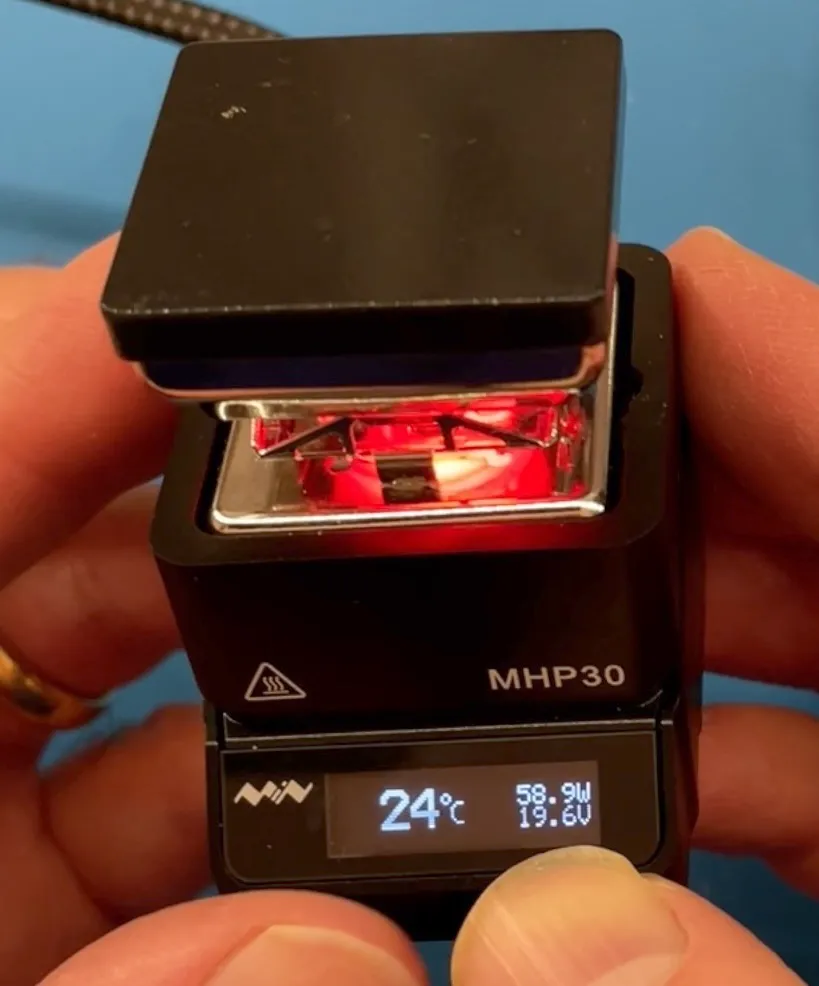
The power supply also wants 20 volts.
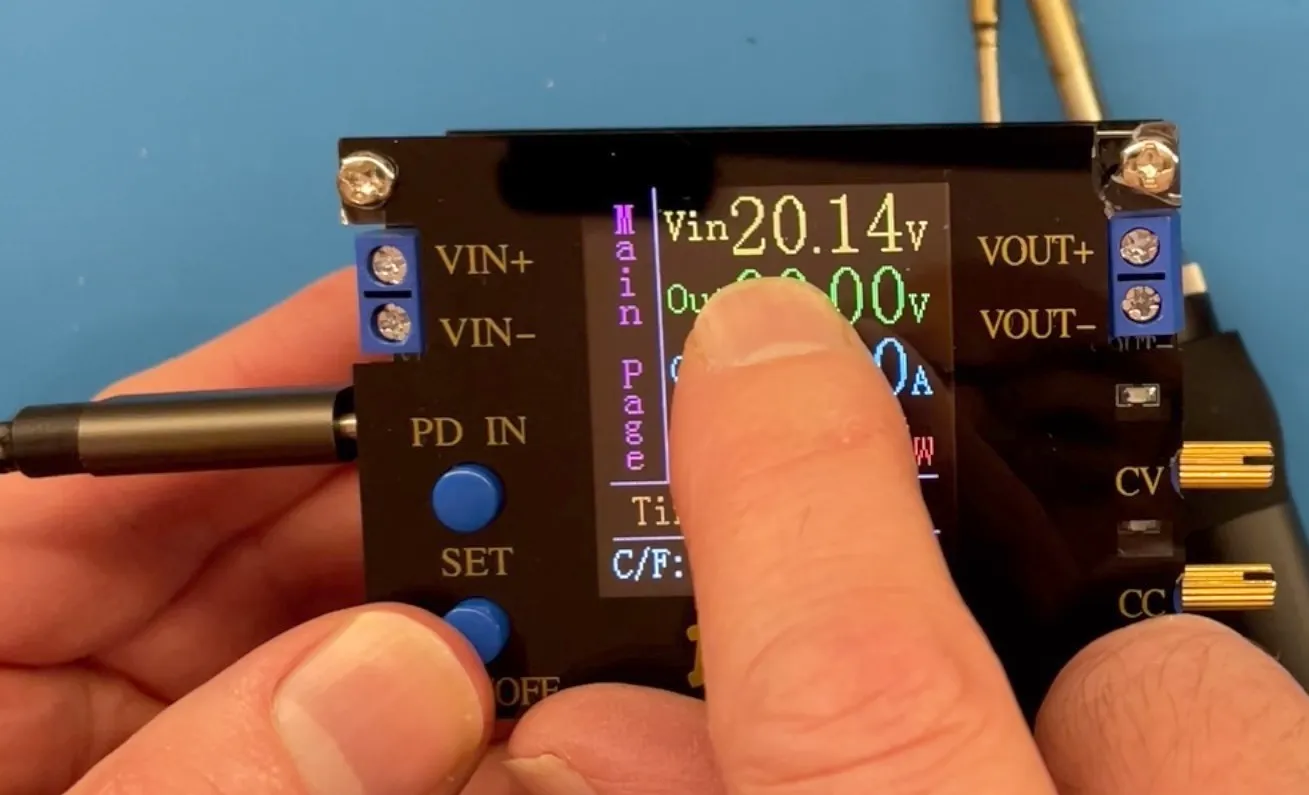
And one of the soldering irons is limited to 12 volts, and the other will use 20 volts.


It’s not a massive problem, but I do only have one 65W USB-C supply coming into workbench. I want more, I want much much more!
There don’t seem to be any powered USB-C hubs, so I went shopping on AliExpress and eventually came across this nice board:
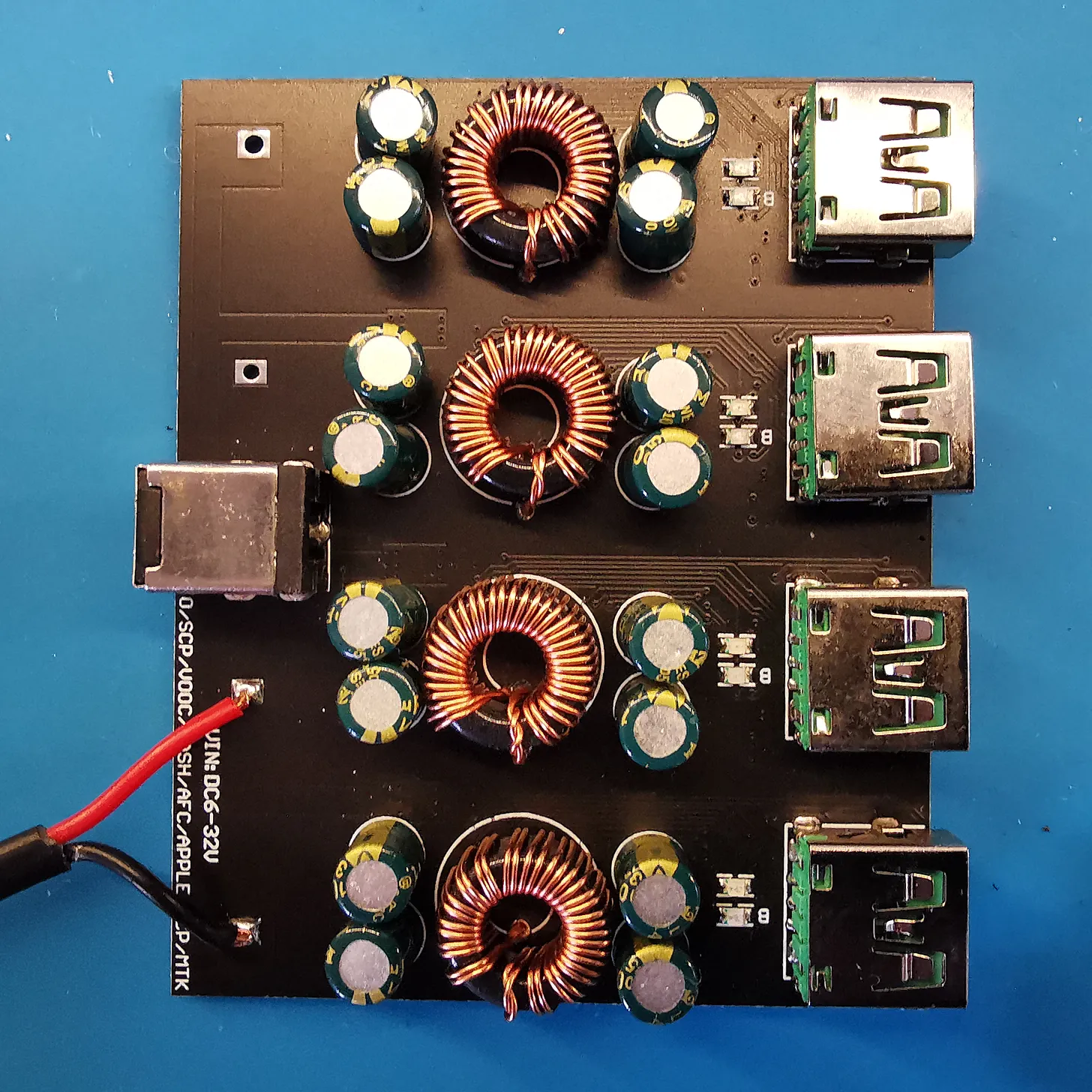
This has four standard USB sockets on the top which all support QC2 and QC3
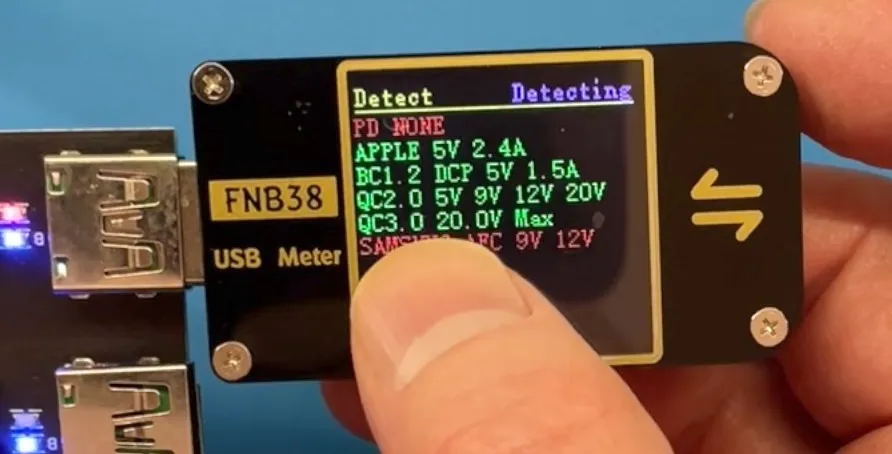
And it’s got four USB-C sockets on the bottom:
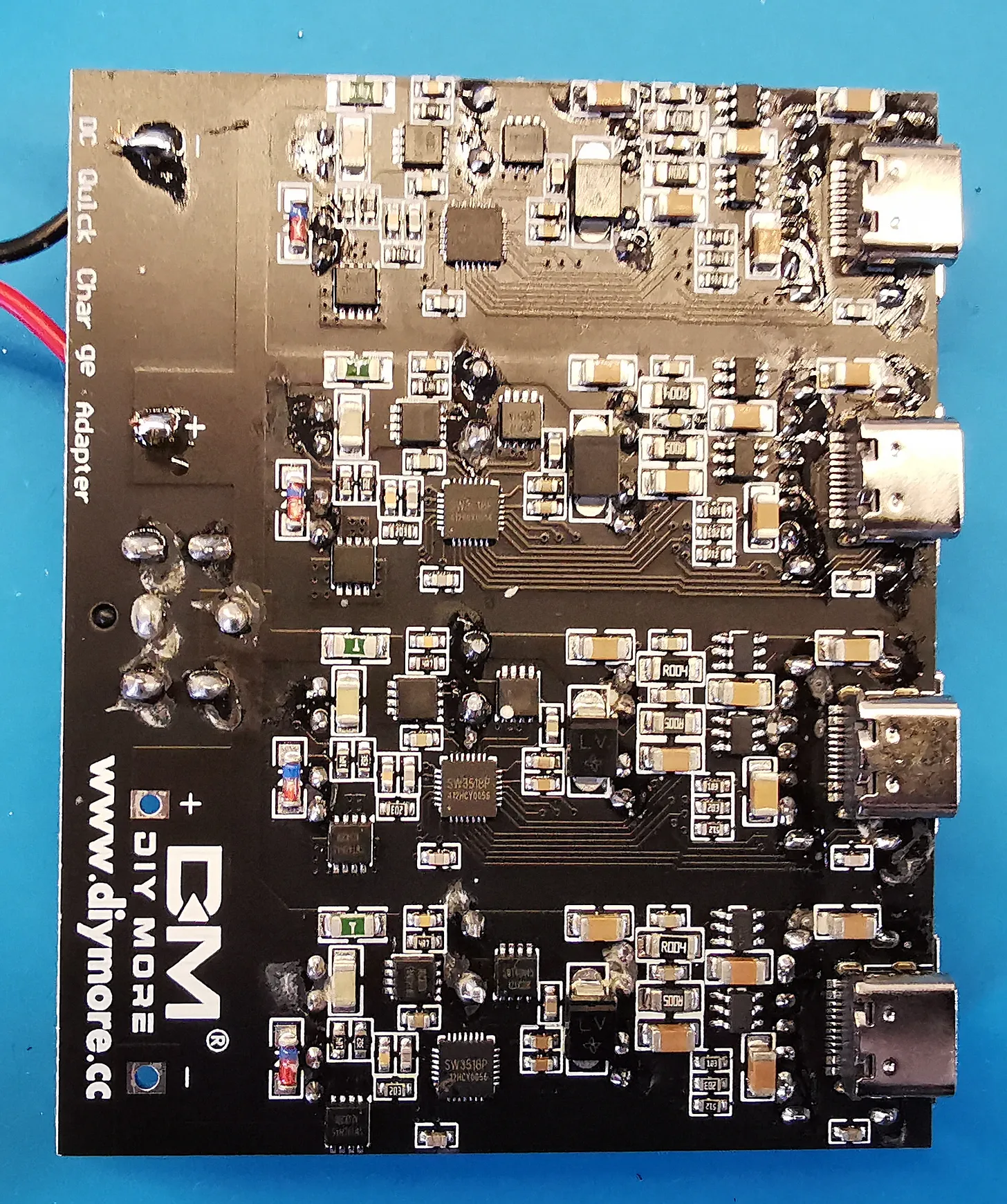
These support pretty much all the protocols you can think of!
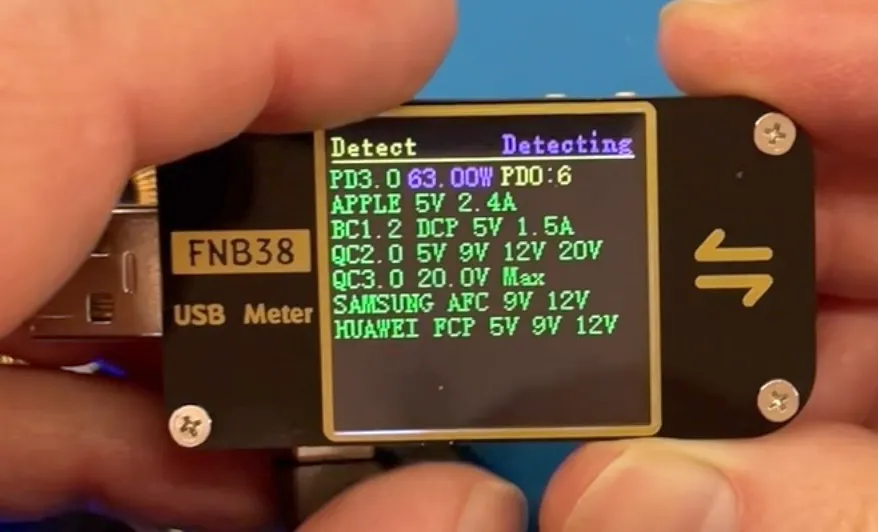
Testing out how much current the board can deliver gives us a great result - it can easily do 65 Watts!
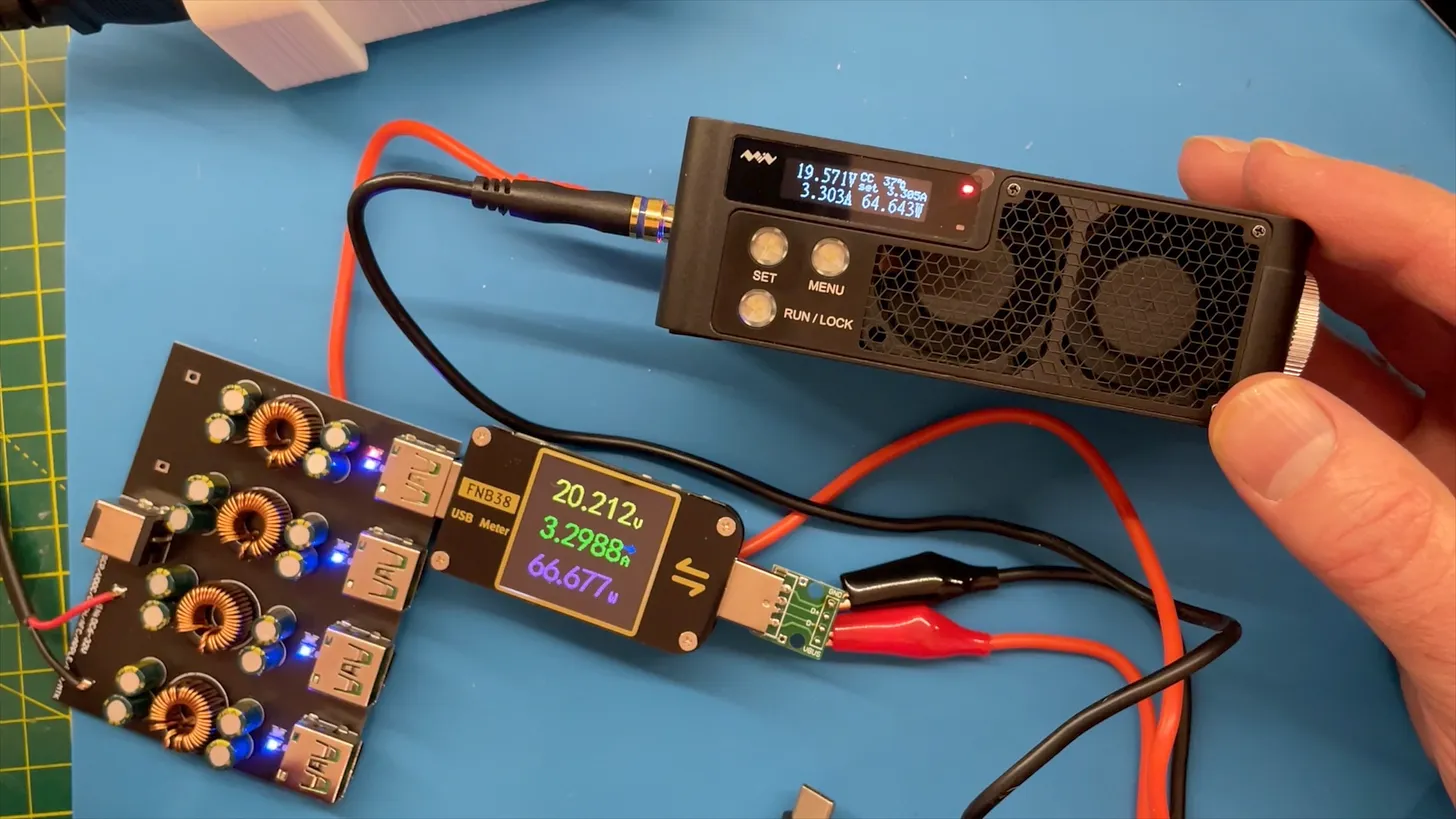
For those of you who are interested in what’s on the board, I’ve tried to capture the IC numbers in this picture:
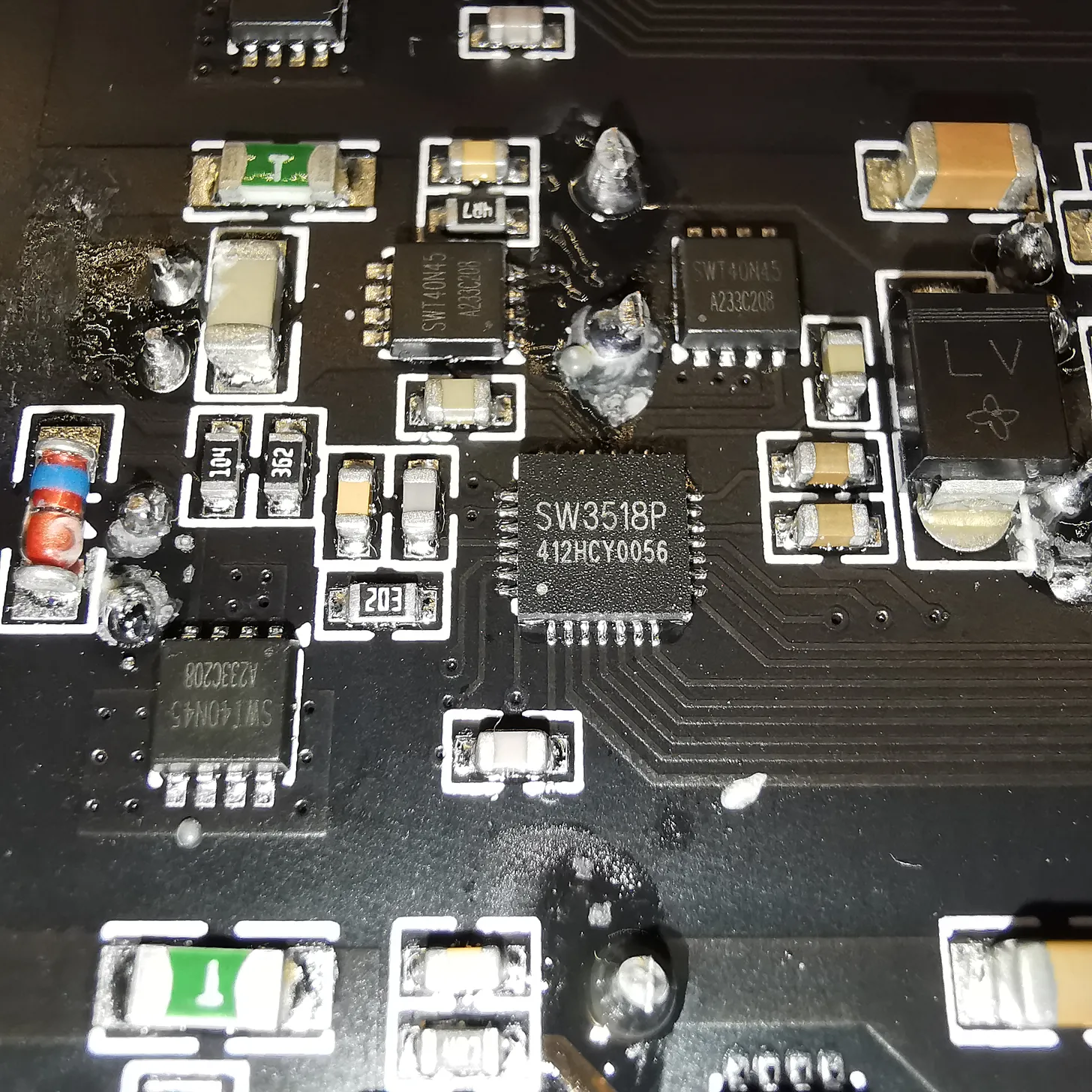
There’s a datasheet here for the chip here (it’s all in Chinese though!).
It’s pretty good though - I’ve now got 4 USB-C supplies on my bench, all of them capable of 65W of power.